Remember when tipping was simple? You’d leave 15-20% at restaurants for good service, maybe tip your hairdresser, and that was pretty much it. Those days are gone. Now tip prompts appear everywhere, from self-checkout kiosks to online orders where no actual service was provided. The tipping culture has expanded far beyond traditional boundaries, leaving many of us confused about when we should—or shouldn’t—be expected to add that extra percentage.
1. Self-Checkout Machines
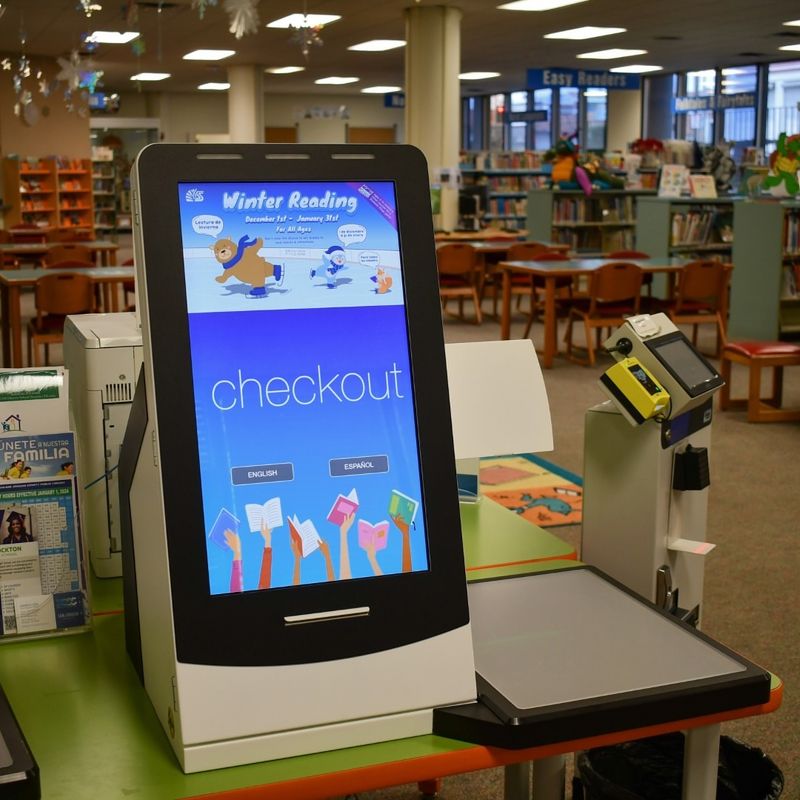
The irony hits you while scanning your own groceries. You’ve done all the work—finding items, scanning barcodes, bagging everything yourself—and suddenly the screen asks if you’d like to leave a tip. For what exactly? These machines were supposedly installed to reduce labor costs and speed up checkout times. Yet somehow, we’re expected to tip for the privilege of doing a cashier’s job ourselves.
Many customers report feeling ambushed by these prompts, especially when other shoppers are waiting behind them. The social pressure to quickly tap a tip option creates an awkward moment that feels more like a digital guilt trip than genuine gratuity.
2. To-Go Orders

Picking up your own food used to be the budget-friendly alternative to delivery or dining in. You avoided service charges, delivery fees, and the expectation of tipping. Not anymore! Today, when grabbing that pizza you ordered online or picking up your lunch, you’re faced with preset tip options—often starting at 18% and going up to 25%.
The staff simply hands you a bag across the counter, yet the payment screen suggests the same gratuity you’d leave for full table service. This shift happened so gradually that many people didn’t notice until tipping for takeout became the new normal, despite the absence of traditional service elements.
3. Pour-Your-Own Frozen Yogurt Shops
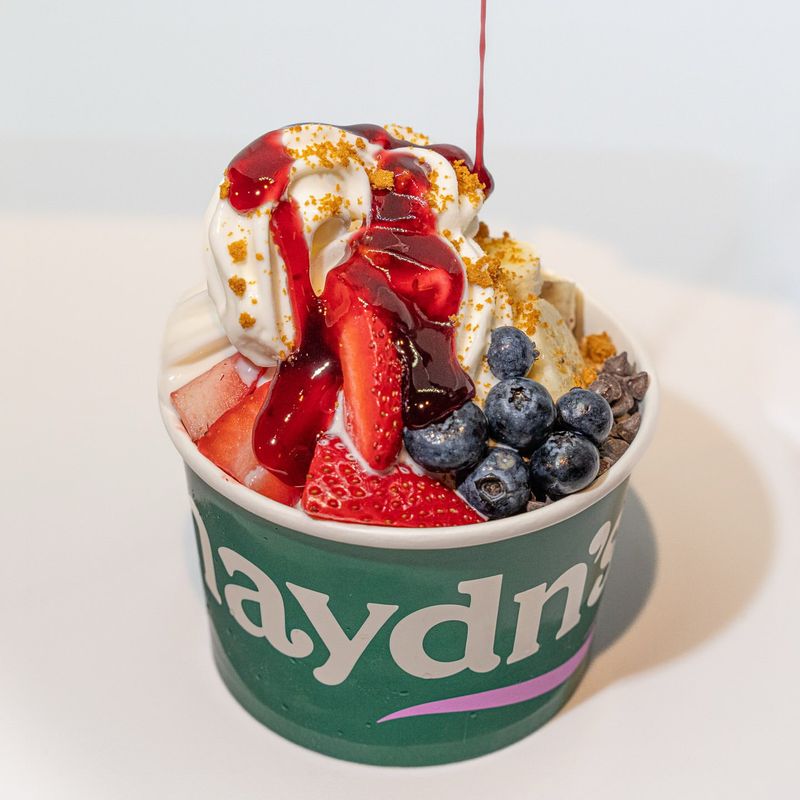
The entire business model revolves around customer self-service. You grab a cup, dispense your own yogurt, pile on toppings at the buffet-style bar, and weigh your creation at checkout. After doing literally everything yourself, the cashier swivels a tablet your way with suggested tip amounts. The employee’s contribution? Weighing your creation and processing payment—hardly the personalized service that traditionally warrants gratuity.
Many customers freeze in confusion, wondering if this is really happening. The cashier’s watchful gaze only adds to the pressure to select something—anything—other than “no tip” while other customers wait behind you.
4. Ordering Online for Pickup
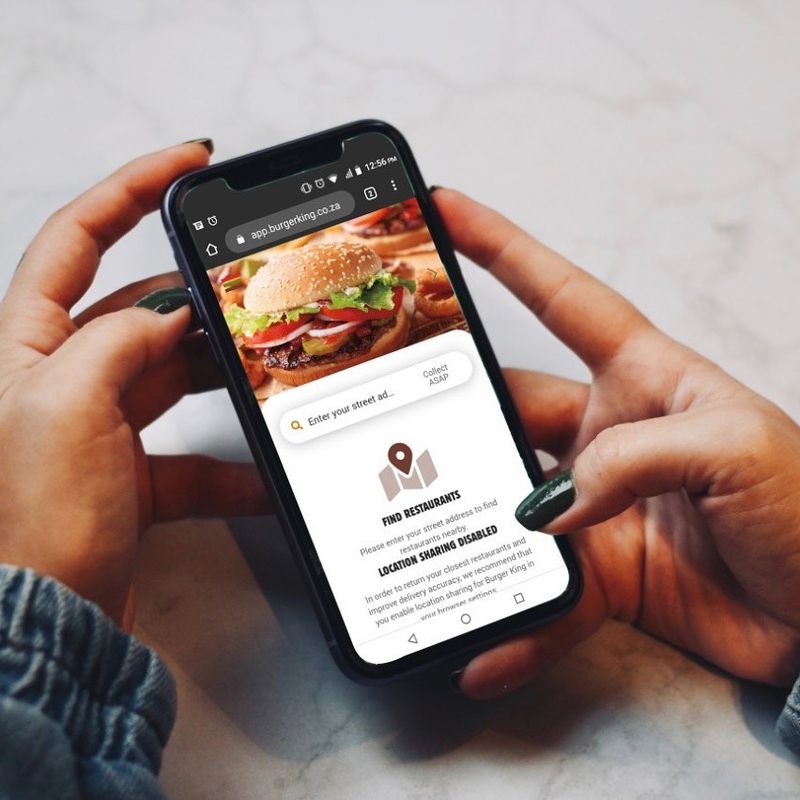
You’ve browsed the menu from home, placed your order through an app, paid in advance, and driven to the location. The employee’s only job? Handing over a bag that was prepared by kitchen staff. Yet somehow, the app prompts you for a tip before you’ve even arrived. The digital tip jar appears during checkout with suggested percentages based on your total order—for a transaction that involves minimal human interaction.
Most frustrating is when you’ve specifically chosen pickup to avoid delivery fees and tips, only to face the same tip expectations anyway. The convenience of online ordering now comes with the awkward dance of deciding whether to tip for essentially no service.
5. Coffee Shop Counter Service
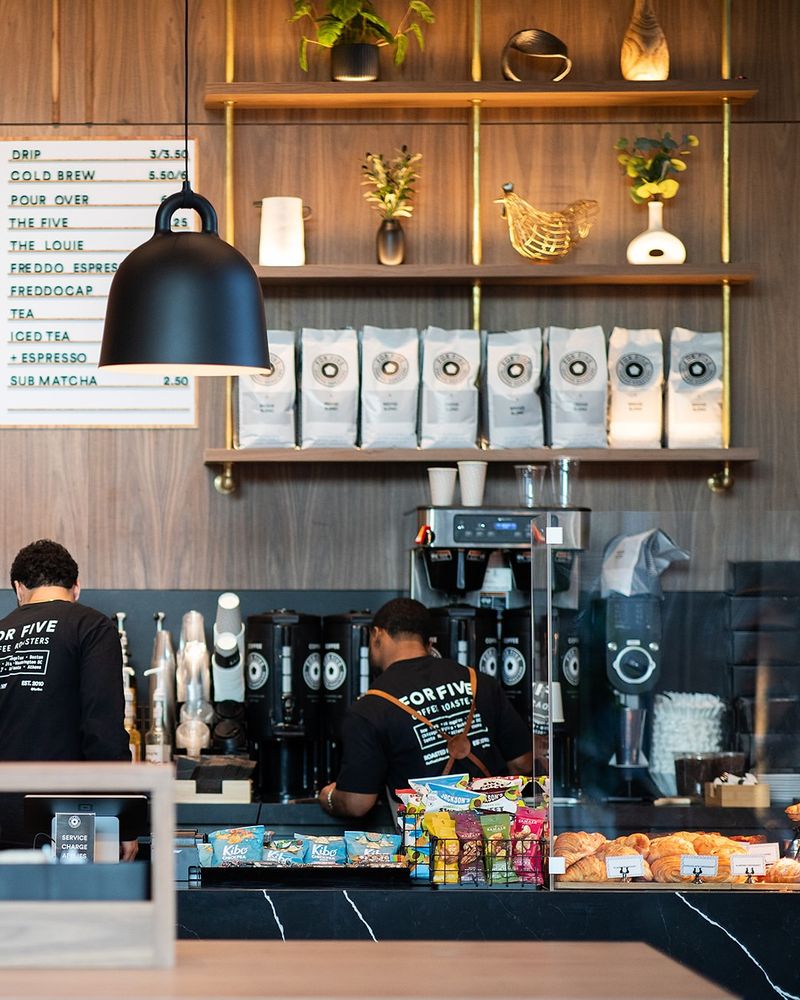
Gone are the days when dropping spare change in a jar was optional appreciation. Modern coffee shops now swivel around tablets with preset tip options—often 18%, 20%, and 25%—for simply handing you a cup of drip coffee. The barista watches as you make your selection, creating an uncomfortable moment of social pressure.
Even when you pour your own coffee from a self-serve station, add your own cream and sugar, and bus your own table, the tip screen appears. What’s particularly jarring is when the suggested amounts are calculated on an already expensive $7 latte. Suddenly that morning coffee habit includes an additional dollar or two in tips for a 30-second transaction.
6. Fast Food Chains
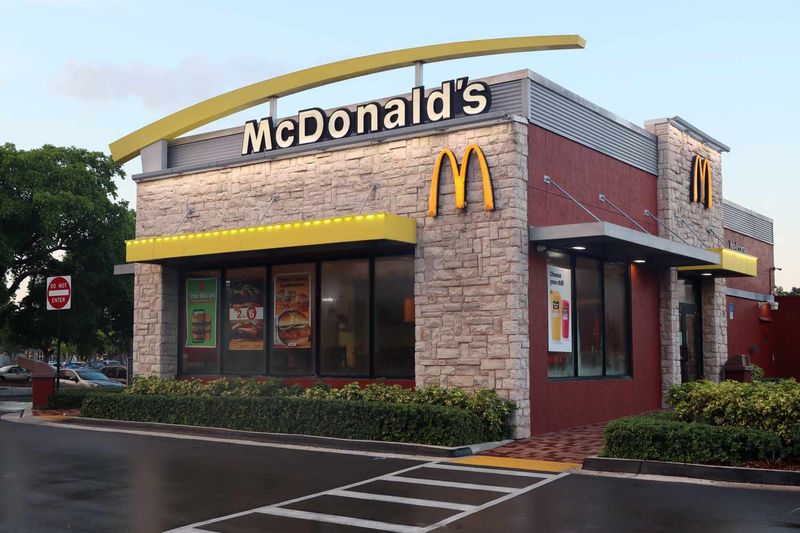
McDonald’s, Burger King, Subway—places that built their empires on standardized, low-cost meals with no tipping expected—are now joining the gratuity game. Their payment terminals increasingly feature tip prompts, despite offering the same counter service they always have. Employees at these establishments are supposedly paid at least minimum wage, unlike traditional tipped positions. The corporate shift toward soliciting tips feels like an attempt to subsidize worker pay without raising menu prices or internal wages.
Many customers express feeling blindsided and confused. The social contract of fast food has always been clear: standardized service at posted prices with no additional gratuity expected. This fundamental shift leaves many wondering where the tipping expansion ends.
7. Retail Stores (Non-Food)
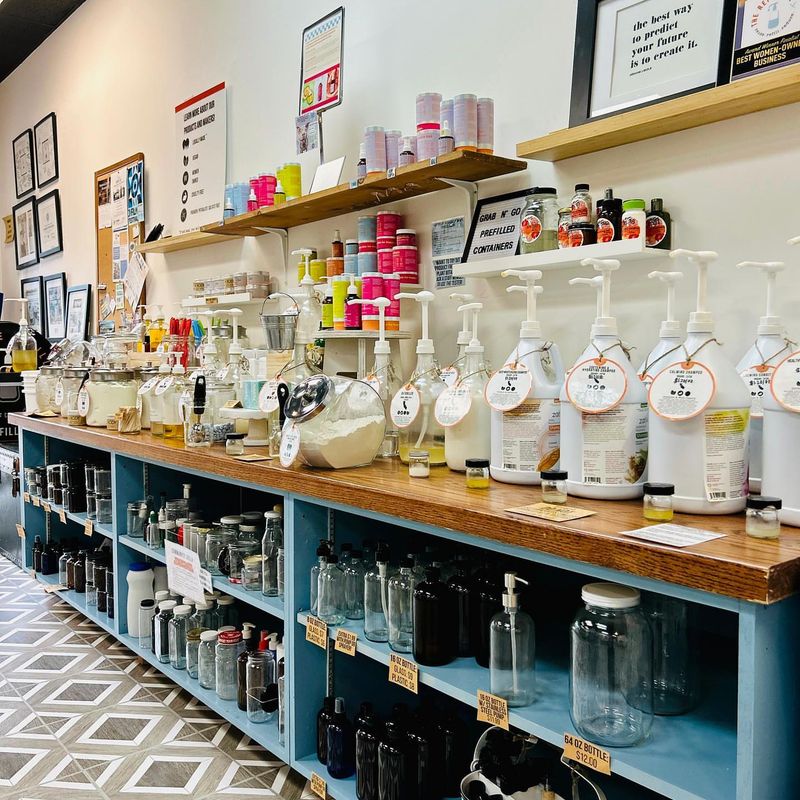
Browsing for clothes, candles, or gadgets now comes with an unexpected finale—a tip prompt when checking out. The salesperson who helped you find your size or answered a question about a product now stands expectantly as the payment screen asks if you’d like to add gratuity. Unlike restaurants where tipping has been standard for decades, retail tipping has no established norms or percentages.
This creates confusion about appropriate amounts—or whether tipping is necessary at all. Most perplexing is when the tip screen appears in self-service environments where you’ve had minimal interaction with staff. The boundary between service industries and retail continues to blur, with tipping expectations expanding into previously tip-free zones.
8. Food Trucks
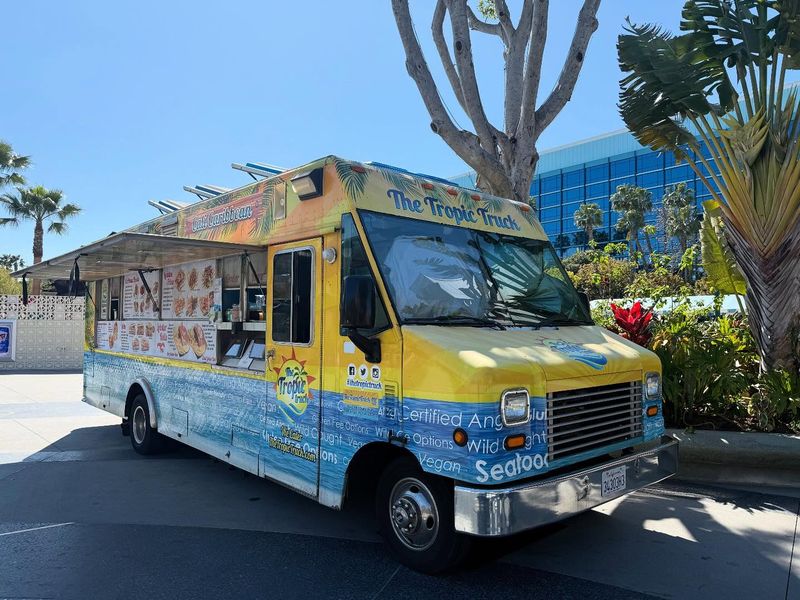
Food trucks once represented a delightful middle ground—restaurant-quality food without restaurant-style service or prices. The casual, no-frills approach was part of their charm. Today, after ordering at the window and waiting for your name to be called, you’re handed a tablet with aggressive tip suggestions often starting at 20%. The entire interaction takes less than two minutes, yet the tip expectations mirror full-service restaurants.
The limited space means you’re typically eating elsewhere, disposing of your own trash, and essentially receiving counter service. Yet many food trucks now prominently display signs about supporting small businesses through tips, adding another layer of social pressure to what was once a straightforward transaction.
9. Hotel Housekeeping (Without Daily Service)

Many hotels have reduced or eliminated daily room cleaning services since the pandemic, citing environmental concerns or staffing shortages. You might go your entire stay without fresh towels or bed making. Despite this reduction in service, tipping envelopes still appear on nightstands with notes about supporting housekeeping staff. The mixed messaging creates confusion—we’re told daily cleaning isn’t necessary or available, yet still expected to tip as though it occurred.
What makes this particularly frustrating is that room rates haven’t decreased to reflect the service reduction. Guests effectively pay the same price for less service, then face the awkward question of how much to tip for housekeeping that may only happen after checkout.
10. Airport Kiosks
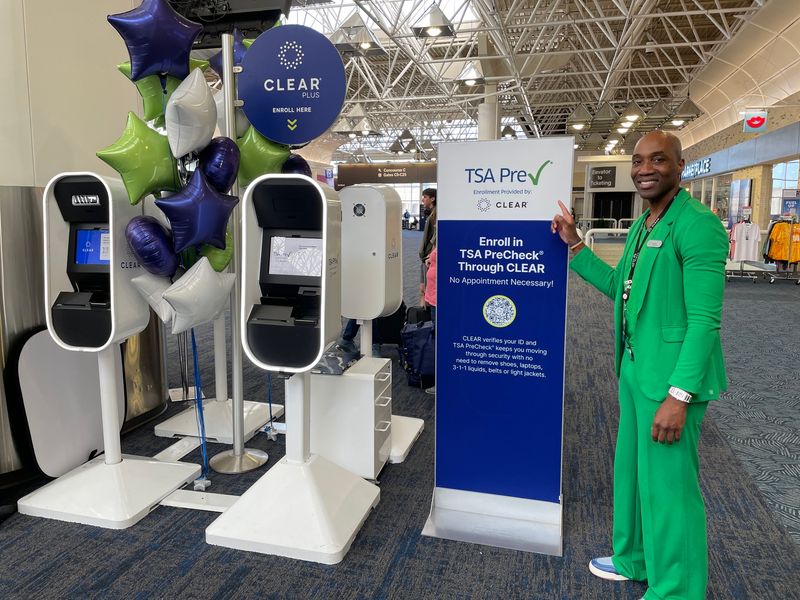
Rushing through the terminal to catch your flight, you stop at an automated kiosk to grab a pre-packaged sandwich. No one helped you select it or prepared it fresh—it’s been sitting in a refrigerated case for hours. After scanning your item, the touchscreen prompts you to add a tip. The suggested amounts seem particularly bold considering the minimal human involvement and the already inflated airport prices.
Many travelers report feeling especially trapped by these prompts. When you’re hurrying to your gate with limited food options and a line forming behind you, there’s enormous pressure to quickly select something rather than appear cheap by hitting “no tip.” The captive audience of air travelers makes this practice feel particularly exploitative.
11. Drive-Thru Windows
The drive-thru experience has remained largely unchanged for decades: place your order through a speaker, pull forward, pay, receive food, drive away. The entire system is designed for speed and efficiency with minimal interaction. Now, some fast-food chains have installed digital payment systems at their drive-thru windows that include tip prompts. The employee hands you a card reader through your car window with preset tip options displayed.
This creates an awkward moment as you sit trapped in the drive-thru lane, unable to move forward until completing the transaction. With cars behind you and an employee waiting at your window, the social pressure to quickly add a tip—for the exact same service that never warranted tipping before—feels particularly intense.
12. Salon Check-Out (Before Service Happens)
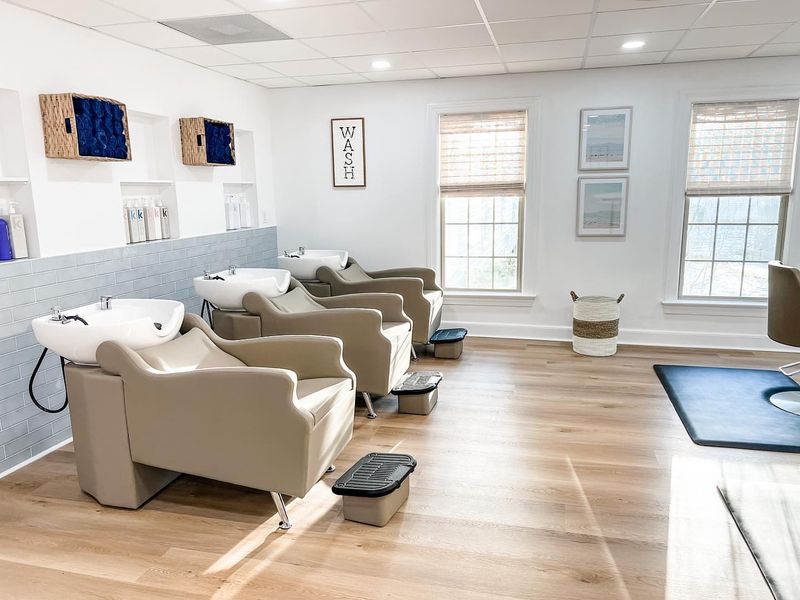
Booking a haircut or manicure online now often includes selecting your tip percentage before you’ve even sat in the chair. This pre-service tipping flips the entire concept of gratuity on its head. Traditionally, tips reflected satisfaction with completed service. Now you’re asked to commit to a percentage before knowing if your stylist will do a good job, be on time, or even be pleasant.
What makes this particularly uncomfortable is the awkwardness of adjusting a pre-selected tip after receiving poor service. Many customers report feeling locked into their pre-selected amount, regardless of actual service quality. The system effectively eliminates the incentive aspect of tipping while maintaining the financial expectation.
13. Subscription Boxes (Like Meal Kits)
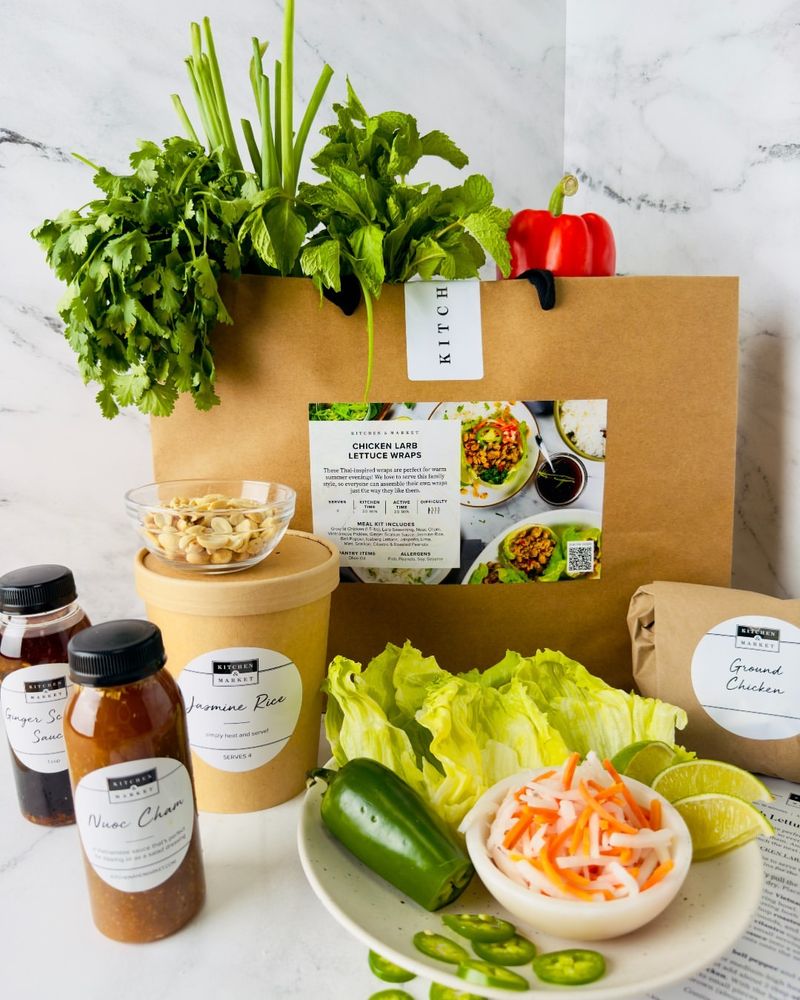
You’ve paid for a subscription service that arrives at your door—whether it’s ingredients with recipe cards or curated products. The entire business model centers around eliminating in-person service in favor of convenient delivery. Yet during checkout or renewal, some subscription services now include a prompt asking if you’d like to add a tip. There’s no server, no delivery person you’ll ever meet, and no explanation of who receives this gratuity.
The confusion stems from the disconnect between the service model and tipping expectations. You’ve already paid a premium price for the subscription, often including separate delivery fees. Adding a tip feels like paying extra for a service component that doesn’t exist in the business model.
14. DIY Car Wash Stations
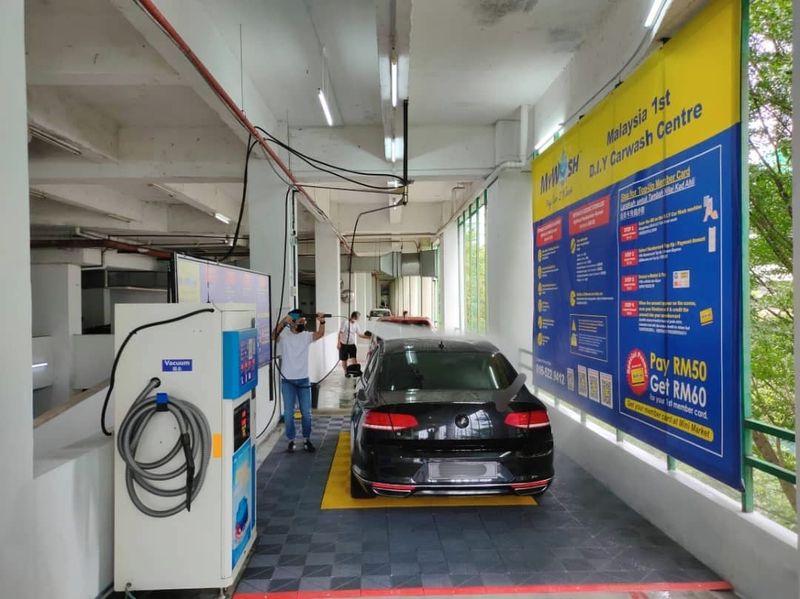
You’ve inserted your quarters, selected your wash settings, and spent 15 minutes scrubbing your car with the provided equipment. After vacuuming the interior yourself, you head to the payment kiosk to settle up. Surprisingly, the screen asks if you’d like to add a tip of 15%, 20%, or 25%. The question seems almost comical given that the entire facility is designed for self-service.
The only “service” provided was maintaining the equipment and keeping soap dispensers filled—basic operational functions of the business. Yet the prominent tip screen creates that familiar moment of hesitation and social awkwardness, even when there’s no attendant in sight to witness your selection.
15. Digital Services Like Online Tutors or Virtual Fitness Classes

Virtual services exploded during the pandemic, with everything from yoga classes to language lessons moving online. The digital format typically means lower overhead costs for instructors and greater convenience for participants. After paying for your virtual session, you might be surprised to see a tip prompt appear on screen. Unlike in-person fitness classes or tutoring where personal attention and physical space are provided, these digital versions already have built-in pricing models.
Many customers find themselves wondering about the etiquette. Is tipping expected for a pre-recorded yoga class you stream at home? Should you tip an online math tutor who’s already charging professional rates? The lack of established norms in this digital frontier leaves many feeling obligated to tip despite the absence of traditional service elements.

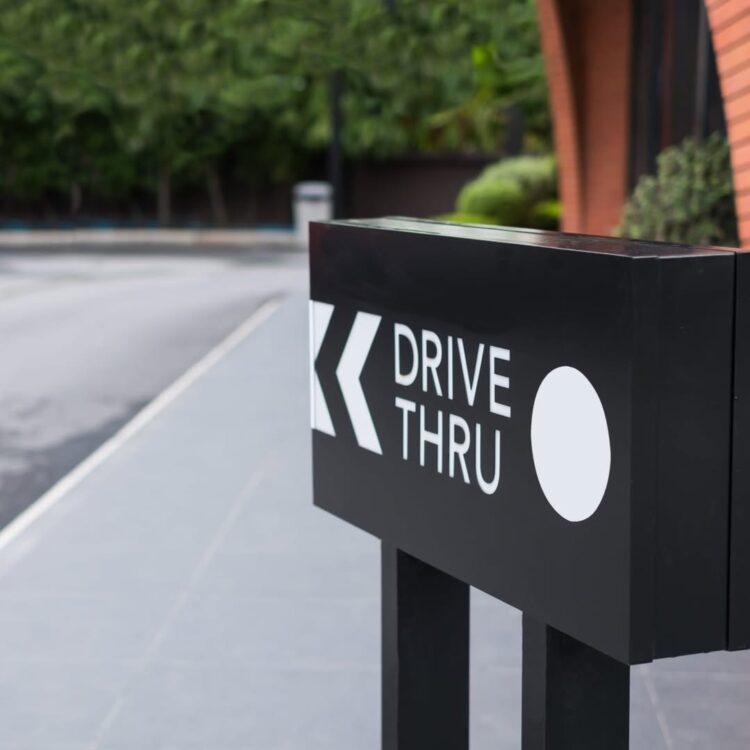
Comments
Loading…